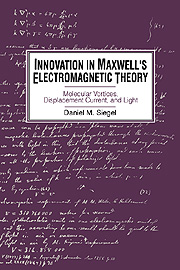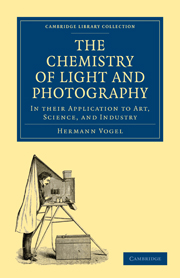Innovation in Maxwell's Electromagnetic Theory
James Clerk Maxwell's (1831–1879) contributions to twentieth-century science and technology - in particular, the displacement current and the electromagnetic theory of light - are among the most spectacular innovations in the history of physics, but the technical complexities and thematic subtleties of his work have been difficult to unravel. In considering the historical development of Maxwell's work, Dr Siegel's close analysis of the original texts - with careful attention to the equations as well as to the words - reveals that mechanical modeling played a crucial role in Maxwell's initial conceptualizations of the displacement current and the electromagnetic character of light. Beyond this, Siegel locates Maxwell's work in the full sweep of nineteenth-century electromagnetic theory - from Oersted, Ampere, and Faraday, through Hertz and Lorentz - and in the context of the methodological traditions and perspectives of early physics research at the Universities of Edinburgh and Cambridge.
- James Clerk Maxwell's equations for the electromagnetic field provide the basis for a good portion of twentieth-century science and technology. This volume unravels the methods Maxwell used to arrive at his equations
- Siegel also locates Maxwell's work in the full sweep of 19th century electromagnetic theory
Product details
December 2003Paperback
9780521533294
240 pages
227 × 150 × 14 mm
0.371kg
Available
Table of Contents
- Preface
- Introduction
- 1. The background to Maxwell's electromagnetic theory
- 2. Mechanical image and reality in Maxwell's electromagnetic theory
- 3. The elaboration of the molecular-vortex model
- 4. The introduction of the displacement current
- 5. The origin of the electromagnetic theory of light
- 6. Beyond molecular vortices
- Conclusion
- Appendices.





